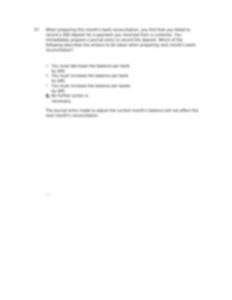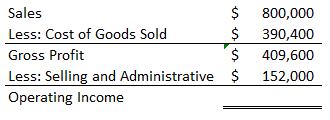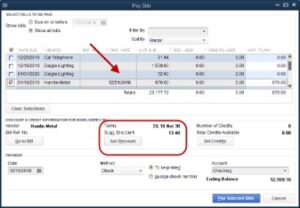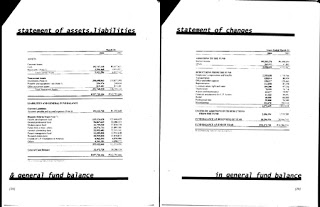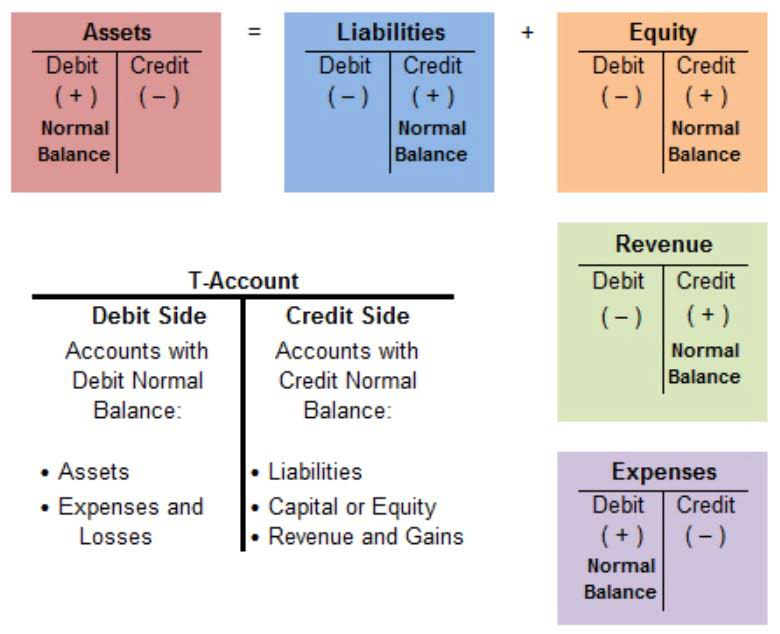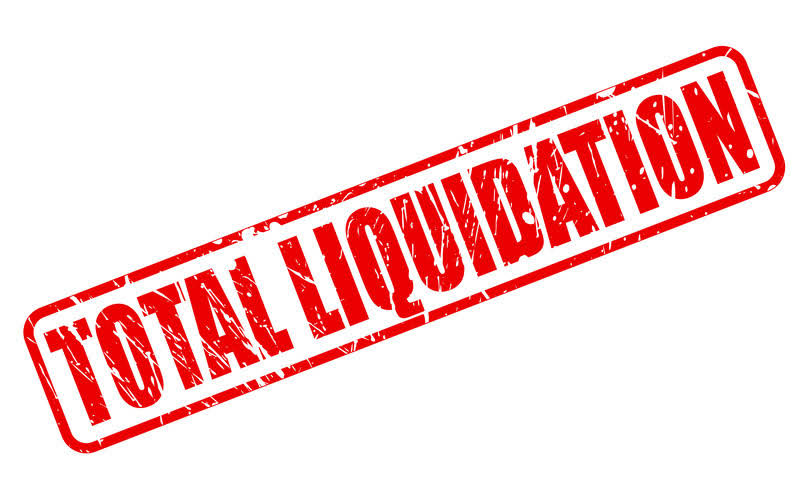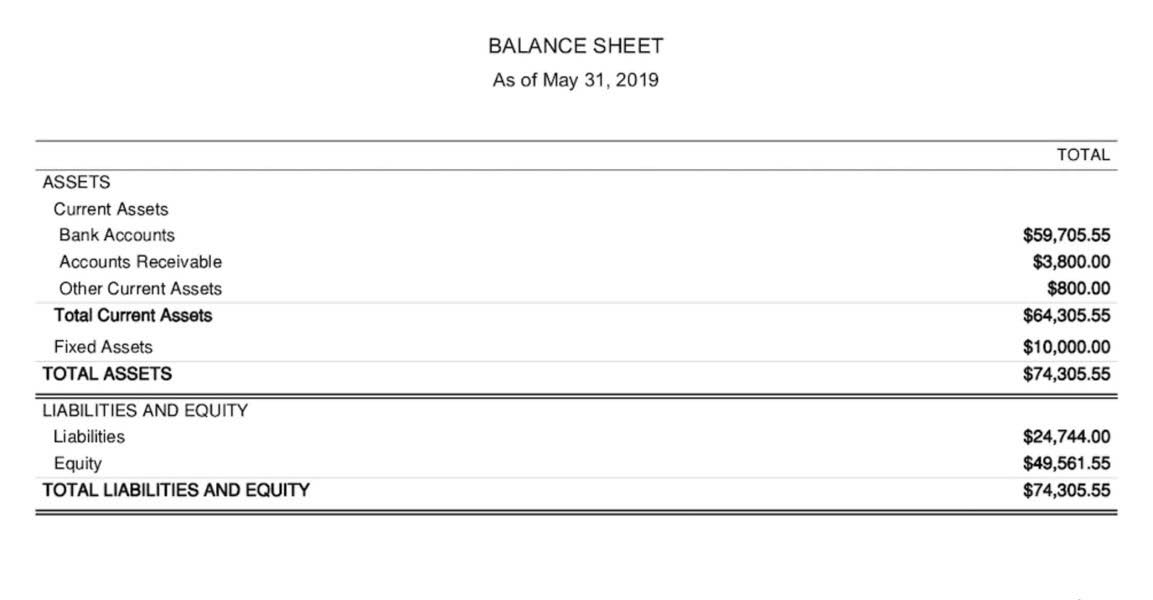QuickBooks Online Login: Sign in to Access Your QuickBooks Account
16 novembre 2023 Posted by t.bigueres@gmail.com Bookkeeping 0 thoughts on “QuickBooks Online Login: Sign in to Access Your QuickBooks Account”Those who left a QuickBooks Live Bookkeeping review appreciate that their dedicated bookkeeper not only performs ongoing maintenance of their books but also helps them get set up and fix past errors. Also, reviewers said that they like the ability to speak with a live person with various communication preferences, including one-way video conferencing. Pricing for the Full-Service Bookkeeping varies from $300 to $700 per month after a custom cleanup fee is charged for the first month. Our detailed QuickBooks Live Bookkeeping review and evaluation aim to help you determine if this is the best service for your business. First, a bookkeeper reviews your chart of accounts and past transactions to bring your books up to date. We evaluated whether the online bookkeeping service offered tax and consulting, and the scope of those services.
Best Online Bookkeeping Services in 2024
These criteria were disregarded for providers where no reviews were found. Because each plan depends on many factors, we looked at the value provided in terms of the time and potential money that you’re saving by using the service. Upon enrollment, you’ll be given access to the QuickBooks Live Hub, which is your own secure space on the site that allows you to check on your bookkeeper’s progress and check their schedules to make an appointment for a video chat.
What’s included and not included with the service?
QuickBooks Online offers Expert Full Service Payroll for an additional cost. Throughout your engagement with QuickBooks Live Bookkeeping, your bookkeeper will manage your books for you and provide you with month-end reports. They will also help you with ongoing, basic bookkeeping and QuickBooks questions, like how to use QuickBooks’ reporting features, assistance with bank connections, and setting up customers and vendors. Your QuickBooks Live Bookkeeper will not send invoices, pay bills, manage your inventory, or provide tax or financial advisory services. Live Expert Assisted doesn’t include cleanup of your books or a dedicated bookkeeper reconciling your accounts and maintaining your books for you. Live Expert Assisted also doesn’t include any financial advisory services, tax advice, facilitating the filing of income or sales tax returns, creating or sending 1099s, or management of payroll.
Our partners cannot pay us to guarantee favorable reviews of their products or services. You’ll still need to manage tasks for your business like sending invoices, paying bills, and managing inventory, accounts receivable, and accounts payable. Your bookkeeper can run detailed reports that give you a clear view of your business, so you have the info you need to make informed decisions and feel confident at tax time. With QuickBooks Live Expert Full-Service Bookkeeping, a dedicated bookkeeper will get to know your business, bring your past books up to date, and do your book for you, start to finish. If you invoke the guarantee, QuickBooks will conduct a full n evaluation of the Live Bookkeeper’s work.
Feel confident about your business and your books with QuickBooks experts by your side to help you succeed. Answer a few questions about what’s important to your business and we’ll recommend the right fit. Sign up to receive more well-researched small business articles and topics in your inbox, personalized for you. Many, or all, of the products featured on this page are from our advertising partners who compensate us when you take certain actions on our website or click to take an action on their website.
Live Expert Full-Service Bookkeeping
Activate QuickBooks Live within QuickBooks Online by clicking on Live Bookkeeping from the left navigation bar, as indicated below. After you sign types of equity accounts up, you’ll provide QuickBooks with information about your business, and within a few minutes, you’ll be matched with a bookkeeper who has expertise in your industry. In addition to having a dedicated professional, you’ll have access to an extended bookkeeping team if you have any questions. Although QuickBooks Live Bookkeeping offers “full-service” bookkeeping, some tasks often fall to in-house or outsourced bookkeepers that aren’t included in the service. And keep in mind this service won’t make tax filings on your behalf, so you’ll have to handle that separately. Small businesses often schedule video appointments once or twice per month to discuss questions and to review results.
- You’re limited to one scheduled appointment at a time and appointments have to work within your bookkeeper’s schedule.
- Your bookkeeper takes the lead on your bookkeeping and runs essential reports so you can focus on your business.
- Throughout your engagement with QuickBooks Live Bookkeeping, your bookkeeper will manage your books for you and provide you with month-end reports.
- Those who left a QuickBooks Live Bookkeeping review appreciate that their dedicated bookkeeper not only performs ongoing maintenance of their books but also helps them get set up and fix past errors.
- With QuickBooks Live Expert Full-Service Bookkeeping, a dedicated bookkeeper will get to know your business, bring your past books up to date, and do your book for you, start to finish.
Do more with QuickBooks Online
Once you sign up for QuickBooks Live, you’ll be assigned a dedicated bookkeeper who will learn more about your business and help you connect your bank and credit card accounts and set up your chart of accounts, customers, and vendors. You can also meet with them to review reports and receive assistance with any bookkeeping questions. Unlike QuickBooks Live Bookkeeping, Bench also offers historical bookkeeping services beyond the last filed tax return as well as tax filing and advisory services. And if you need accounts receivable or accounts payable, Bench offers specialized bookkeeping for an additional fee. Use the QuickBooks Live Bookkeeping service to make sure your books are up-to-date, accurate, and ready for tax time. With QuickBooks Live Bookkeeping, you have access to a dedicated QuickBooks-certified bookkeeper who works with you to understand your business and supports you along with their team.



